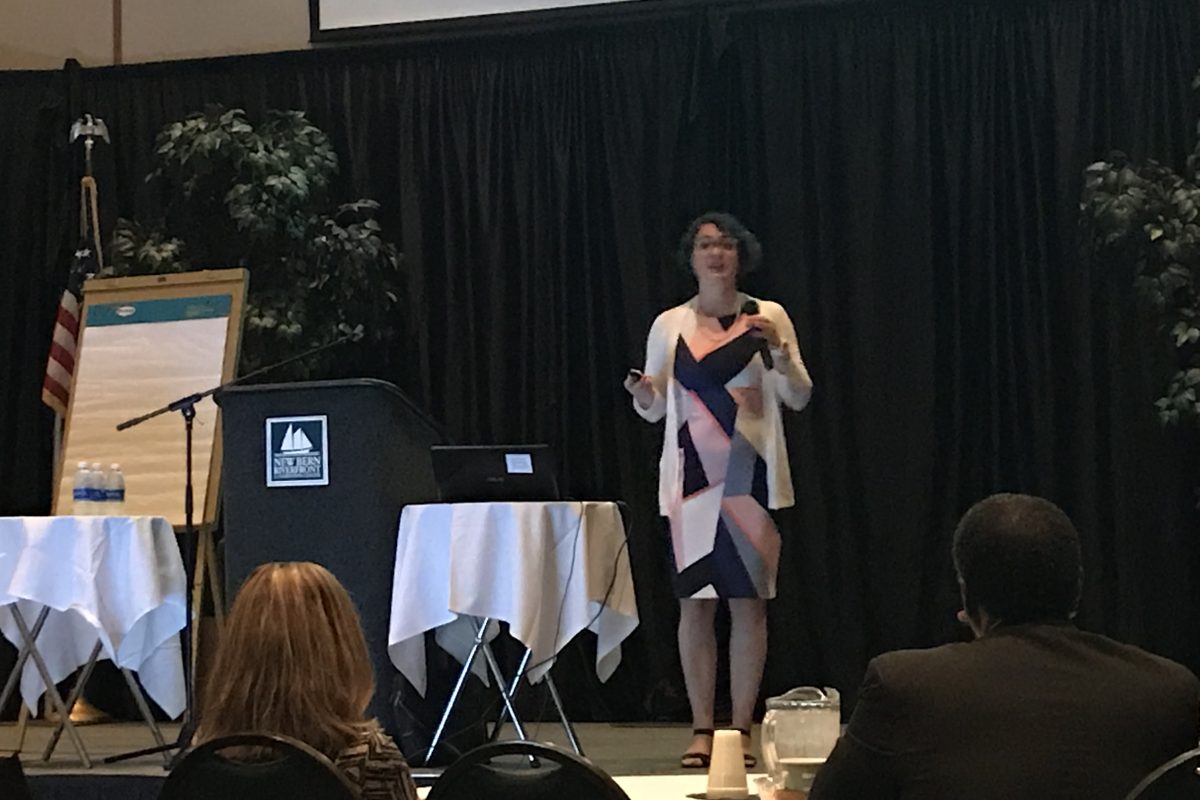By Melinda Sampson
One of the most vulnerable populations that fall prey to human traffickers is homeless youth.
One of the most comprehensive studies involving the intersection of homelessness among youth and human trafficking, “Labor and Sex Trafficking Among Homeless Youth” from Loyola University, found that nearly 1 in 5 homeless youth experience either labor or sex trafficking – in some cases both.
Researchers gathered data from 641 respondents at Covenant House (a network of homeless shelters for youth) sites in ten cities in the U.S. and Canada. That study showed an alarming correlation between homelessness among youth and human trafficking.
More than 14 percent of respondents were trafficked for sex; 8 percent were trafficked for other forced labor and 3 percent were victims to both sex and labor trafficking.
Of the more than 600 youth involved in the study, 91 percent reported being approached by someone who was offering an opportunity for work that was much too good to be true.
Laura Murphy, PhD, one of the researchers involved in the Loyola study, spoke about the findings during the Project NO REST conference Aug. 7 in New Bern, N.C.
Murphy offered anonymous narratives of several stories from the homeless youth she interviewed – one in which a woman responded to a Craig’s List job posting that became a commercial sexual exploitation that ultimately led to the victim’s son being kidnapped.
Murphy also highlighted the prevalence of forced labor among the study population – and how that forced labor may also go hand-in-hand with other illegal activities.
“Many young people couldn’t discern illegitimate job ads from real ones,” Murphy said.
Respondents she spoke with reported being embroiled in forced drug dealing, gang activity, agricultural work, domestic service and within the sex trade.
In the Loyola study a disproportionate number of LGBTQ homeless youth fell victim to trafficking – totaling at 24 percent – compared to the 12 percent of non-LGBTQ youth.
UNPACKING THE NUMBERS
The numbers from the Loyola study are concurrent with other, less expansive studies done in regards to homeless youth, and there are many reasons why this population is so vulnerable.
In “Responding to Youth Homelessness: A Key Strategy for Preventing Human Trafficking,” by the National Network for Youth, Aja Ellington of the Youth Advisory Committee said, “Homeless youth are in survival mode, everything sounds good to them if it can get them a meal or a place to stay.”
That sentiment especially rings true when looking at statistics on survival sex. In the Loyola study, 19 percent of youth who were interviewed turned to survival sex at some point in their lives.
Youth who become homeless first experience such insecure living situations at the early age of 15, according to “Responding to Youth.”
And though that number is tragic enough, the reasons these young people become homeless is more so.
From being kicked out of their homes to being physically or sexually abused to drug abuse issues in regards to their caregivers to aging out of foster care, these youth – before even becoming homeless – have undergone an incredible amount of trauma.
Through the unstable home life, these youth in some cases run a deficit in knowledge of basic life skills – such as knowing how to search for a legitimate job, completing their high school education, managing finances and cultivating soft skills.
The level of trauma most homeless youth experience coupled with economic insecurities create a population of young people who are desperate for love, a home and safety – and in that desperation they become incredibly vulnerable to a trafficker willing to manipulate it.
‘AN ECONOMIC AND JOBS PROBLEM’
The Loyola study as well as the National Youth Network have outlined steps that can be taken to help the homeless youth population from becom ing victims.
ing victims.
Murphy said the issue is “an economics and jobs problem.”
In her discussion about the study, Murphy said youth don’t have life skills, job experience or an education that could provide them an avenue out of the shelters and into secure living situations.
Murphy said to prevent homeless youth from being trafficked there should be programs provided at youth homeless shelters, such as job search safety programs, job skills training, healthy relationship and financial management classes as well as instruction on how to find housing.
The National Youth Network strategy echoed the same sentiments. In its strategic report, the NYN recommends education supports to help homeless youth graduate from high school as well as housing and culturally competent services, including prevention, employment assistance and meeting basic needs.
Citations
Murphy, Laura, PhD., (2018, August), Labor and Sex Trafficking Among Youth, presented at the second annual meeting of the Project NO REST Conference, New Bern, N.C.
Murphy, Laura, PhD., “Labor and Sex Trafficking Among Homeless Youth,” 2016. Modern Slavery Research Project, Loyola University, New Orleans.
Pilnik, Lisa, JD, MS, “Responding to Youth Homelessness: A Key Strategy for Preventing Human Trafficking,” 2018. National Network for Youth.



